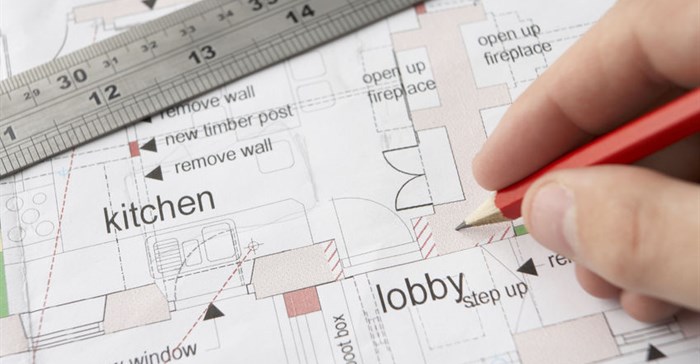
Ken Reynolds, regional executive in Gauteng for Property Finance at Nedbank Corporate and Investment Banking (NCIB), says the result of this is that more and more developers and building owners are realising the massive redevelopment potential of these structures and are engaging in projects to bring them in line with current market requirements.
"There are a number of factors that contribute to buildings becoming obsolete," says Reynolds. "These include an increased reliance on IT in the workplace has made it critical that buildings are equipped to deliver the latest in technology requirements. The same is true for air-conditioning systems which have evolved over the years. Many older buildings are simply not equipped for these needs and therefore lose their appeal and relevance."
Another trend in modern day businesses that may put buildings at risk of obsolescence involves the shift from closed to open plan work spaces. "In the past, an average office building would have allocated up to 30m² per staff member. With the move to open plan workspaces, this allocation has reduced significantly to about 10m² per employee, with this increase in employees creating additional challenges for older buildings in the form of insufficient common areas and parking spaces. These issues are particularly prevalent in many of the country's central business districts, and have contributed to many companies moving their head-offices to other, more suitable venues.
In the industrial building segment, structures that are comprised of harmful materials and low clearances have become undesirable. It is also increasingly prevalent to separate employees from the potentially harmful materials used in the production processes, which was not necessarily the case when many older factory structures were designed. In addition, the change in industrial activity from heavy to light engineering, as well as greater demand for warehousing and distribution, has seen a shift in the type of facility that companies require.
While redevelopment presents significant opportunities for developers and owners, it is critical that they conduct thorough feasibility studies and market research before deciding what to do with an existing building that has become obsolete.
In this regard, a key factor is understanding the demand for various types of properties in the area in which the building is situated. "For example, due to the change in the nature of the demand in Braamfontein, Johannesburg, from commercial to residential, many office buildings in the area have been refurbished into residential accommodation.
"Another example is in industrial areas such as Isando, where developers are splitting up huge buildings into multiple, smaller spaces to cater for the fact that businesses are requiring less and often different space from their previous requirements."
In premier locations like Sandton, buildings once considered A Grade that have become functionally obsolete as newer, more advanced structures are built around them, are ripe for development in order to earn a better return.
"In a given area, C or D grade buildings still incur the same or higher overhead costs such as rates and taxes, levies and maintenance, as P or A grade structures. As such, in an area like Sandton, where premier spaces have traditionally been in demand and can command a premium, it makes sense for developers or owners to upgrade or redevelop these older builders."
Another question many developers face is whether to renovate or refurbish an existing building, or to rather knock it down and start again. "Brownfields projects, which involve refurbishing existing buildings, have the advantage of already having all the facilities in place such as water and electricity, as well as approval for services and zoning," says Reynolds.
However, in some cases where the floor area ratio or clearance heights are unsuitable for the purposes for which the building will be transformed, it may be better to start from scratch.
"With this in mind, the biggest mistake developers make is underestimating the problems that they are going to find once redevelopment starts. Therefore, should the decision be to refurbish a building following a thorough feasibility study, additional contingency costs need to be factored in especially for unforeseen challenges such as elevators that require replacement, massive plumbing, or electrical work that needs to be conducted," ends Reynolds.